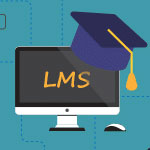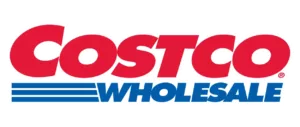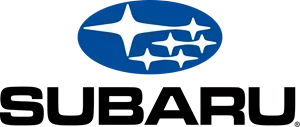 With less-than-sparkling federal test results making the headlines, the call for public education reform–including better salaries for educators, more federal funding, and the inclusion of more technology such as online course options and LMSs–has become more urgent.
With less-than-sparkling federal test results making the headlines, the call for public education reform–including better salaries for educators, more federal funding, and the inclusion of more technology such as online course options and LMSs–has become more urgent.
Surprisingly, while education should be and typically is a “recession-proof” area of work, it has not proven to be so in the U.S. during this crisis.
According to the Bureau of Labor Statistics, the U.S. economy lost 273,000 jobs last month. Of those lost jobs, 29,000 were in state and local education, making the total losses in that category over the past five months 143,000.
Obviously, this reflects a huge change in U.S. educational standards. These standards are ingrained in our cultural heritage and go back to the 19th century, when the U.S. owed its success to the quality and high standards of its education. In the beginning of the 20th century, even more advancement was seen in the U.S. when the “high school revolution” took place. And in the later half of the 20th century, the U.S. established a competitive position in higher education.
However, American educational success was greatly based on the quality of its public schools. These days, state governments, who are responsible for their own public education systems, are in dire straits. And at a time when practically any federal government spending is viewed in a negative light, it’s time for schools to start thinking out of the box.
The need for cost-effective and efficient online tools like LMSs to help educators boost student performance is revealed in the recent math test results.
According to new standardized test results, New York’s state elementary math achievement has fallen for the first time in nearly ten years. This year’s fourth grade test results from federally funded National Assessment of Educational Progress reveal that New York’s scaled scores dropped two points from 2007. The state’s latest average score is 241, on a scale of zero to 500. (National scores have stayed flat, at 239.)
The results came as a bit of an embarrassment to some Albany officials, as it was apparent that even though federal tests of fourth-graders showed no gains in New York from 2007, the state’s own tests show steady improvement.
A major obstacle to overcome is not only how to boost student achievement in math across the board, but to bridge the continued discrepancy between the performance of white students and their black and Hispanic peers.
And the problem isn’t limited to New York. The NAEP (National Assessment of Education Progress (often referred to as “the nation’s report card”) reported that fourth graders have made no learning gains since the last time the NAEP math test was administered in 2007. Despite years of state and federal education reform efforts, less than four out of every 10 U.S. fourth and eighth graders are proficient in mathematics.
As U.S. Secretary of Education Arne Duncan said in a statement, these results underscore the need for “reforms that will accelerate student achievement.”
Reforms will require funding, but we can’t afford another fruitless and costly scheme like No Child Left Behind. In fact, it can be done cheaply. If we want our students to graduate with the math skills necessary to compete in an international economy that is increasingly dependent on technology, technology like LMSs and Web 2.0 tools needs to become an integral part of our education system.
—————-
Coggno.com provides world-class online education.


















